
12 Best Lunch Spots In Napa
Best Lunch In Napa – Our 12 Favorite Spots! Lunch is a must when you’re out wine tasting! Whether you’re in the mood for a
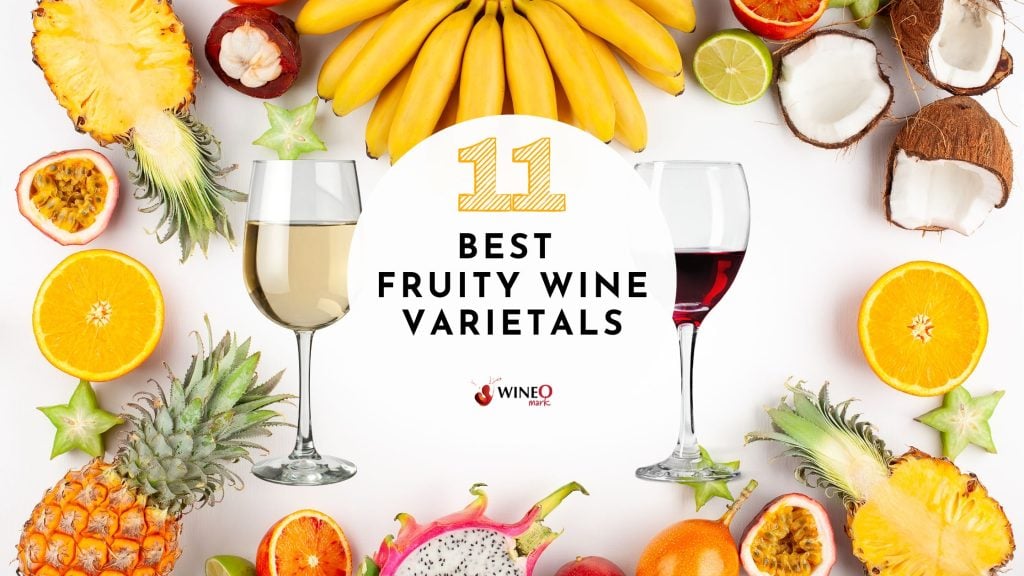
Can you explain what is meant by fruity wine? But most importantly, do you enjoy drinking fruity wine?
Well, it’s important to note that the definition of “fruity wine” can vary depending on personal taste and background knowledge. Some categorize fruity wines as New World wines and non-fruity or earthier wines as Old World wines. While others associate fruity wines with sweet wines.
So in this article, we’ll explore the world of fruity wines, discuss their characteristics, and highlight some of the best fruity wines to try.
Fruity wines are characterized by the prominence of fruit flavors in their taste profile and generally means a fruit-forward wine. So a fruit-forward wine showcases fruit aromas and flavors more prominently compared to other characteristics like earthiness, minerality, or oak.
Fruity or fruit-forward wines can be made from a variety of grape varieties. And it can be found in different styles, ranging from dry to sweet wines.
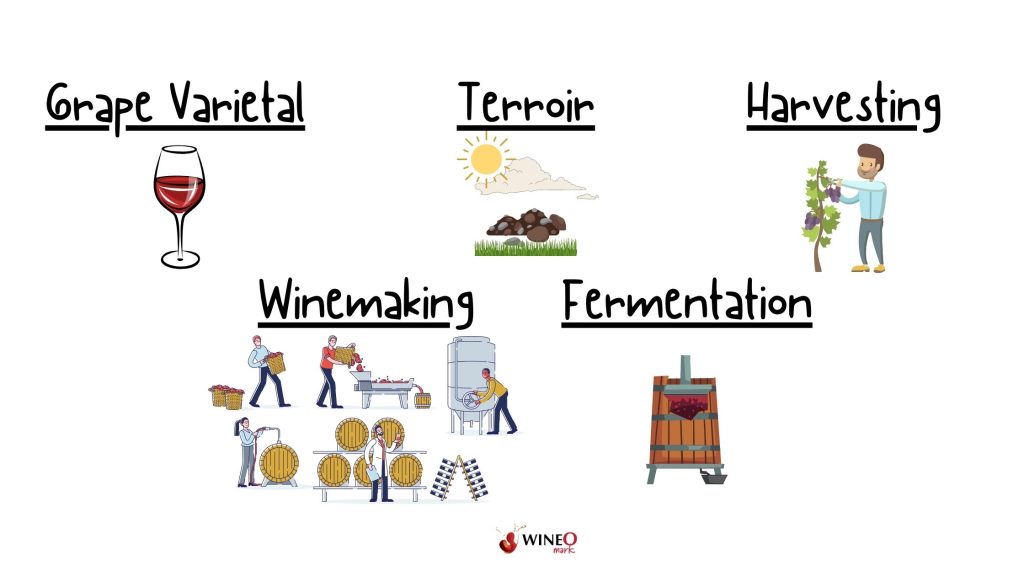
Fruity wines are made through a combination of factors:
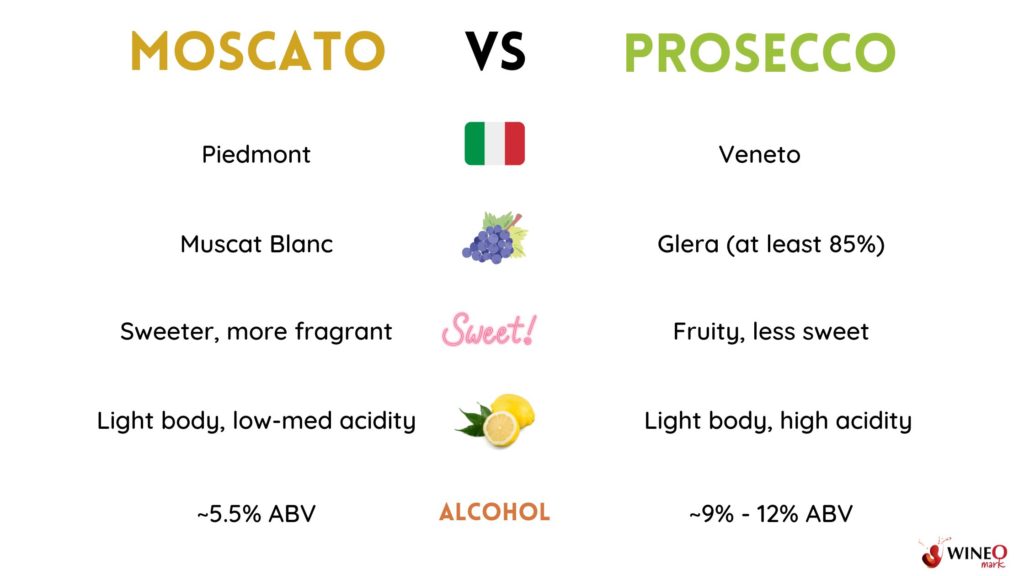
This sweet dessert wine is a traditional Italian wine. It’s made from the Muscat grape variety, which is known for its perfumed and floral characteristics. Furthermore, it features flavors of peach, apricot, and citrus, making it an excellent choice for those who enjoy a sweet wines.
This aromatic white wine is made from the Gewürztraminer grape and is known for its distinctive lychee and rose petal flavors. Additionally, the wine can range from off-dry to sweet, with tropical fruit and spicy notes.
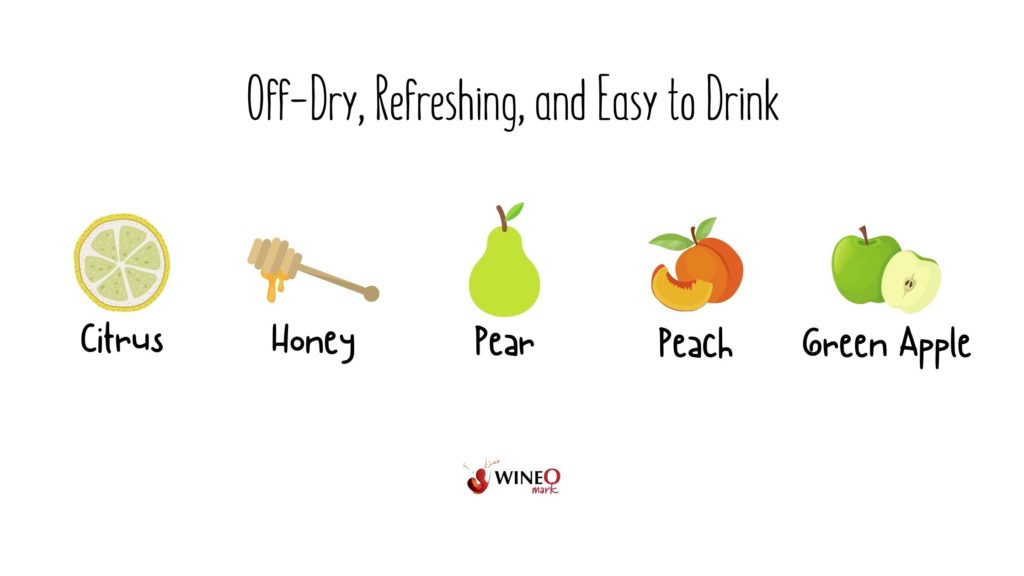
This versatile white wine can be made in a range of styles, from bone dry to lusciously sweet wines. Also, it’s known for its bright acidity and flavors of green apple, citrus, and stone fruit.
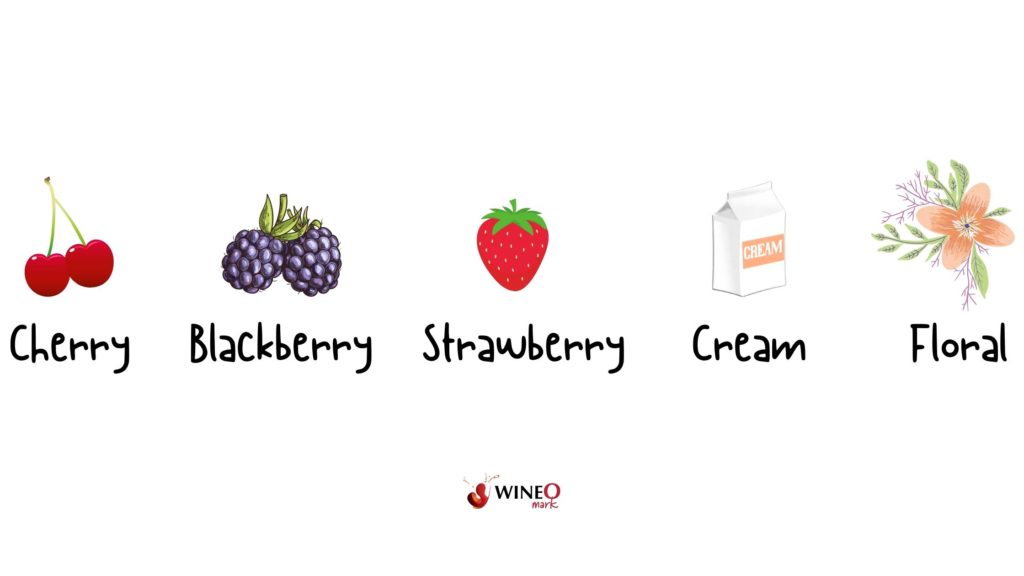
This Italian sparkling red wine is made from the Lambrusco grape variety and is known for its fruity and sometimes sweet flavor profile. Sweet enough to be considered sweet wines. Plus, it features flavors of strawberry, raspberry, and cherry.
This zesty white wine features vibrant fruit flavors such as grapefruit, passion fruit, and gooseberry. Sauvignon Blanc’s fruitiness comes from the grape variety’s natural aromatic compounds, which create the wine’s distinctive aroma and flavor profile.
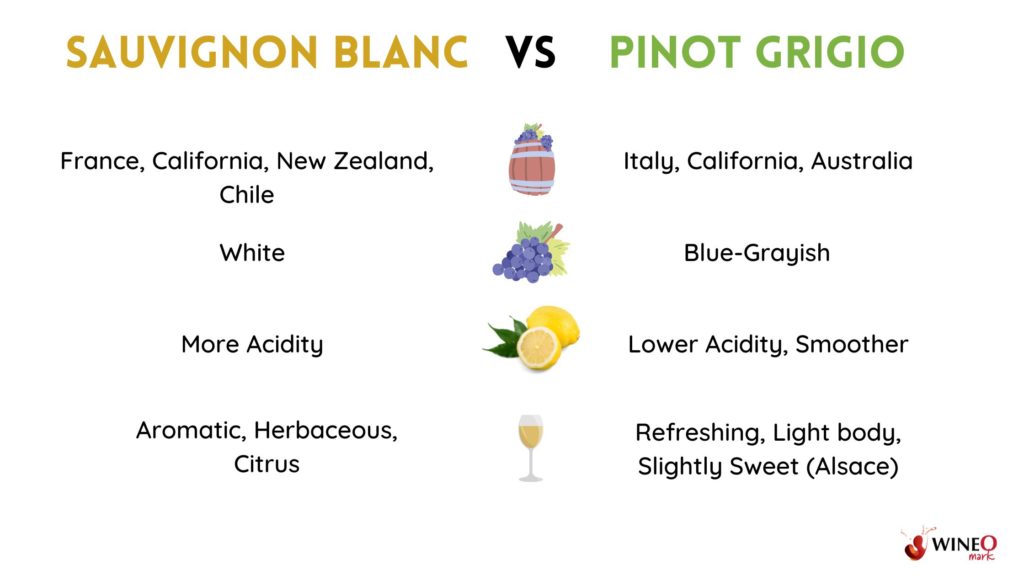
This light-bodied white wine can have fruity flavors like green apple, pear, and citrus. Because the Pinot Grigio grape variety is responsible for the fruit-forward characteristics of the wine, which can vary depending on the region and winemaking techniques.
Chardonnay can exhibit fruity flavors such as green apple, citrus, and tropical fruits. Again, the fruitiness of Chardonnay comes from the grape variety and can be enhanced by specific winemaking techniques, like fermenting and aging in stainless steel or using neutral oak barrels.
This red wine often exhibits fruit-forward flavors such as cherry, raspberry, and strawberry, along with floral and earthy notes. Plus, the Pinot Noir grape variety is naturally high in acidity and low in tannins, which contributes to its fruity and approachable character.
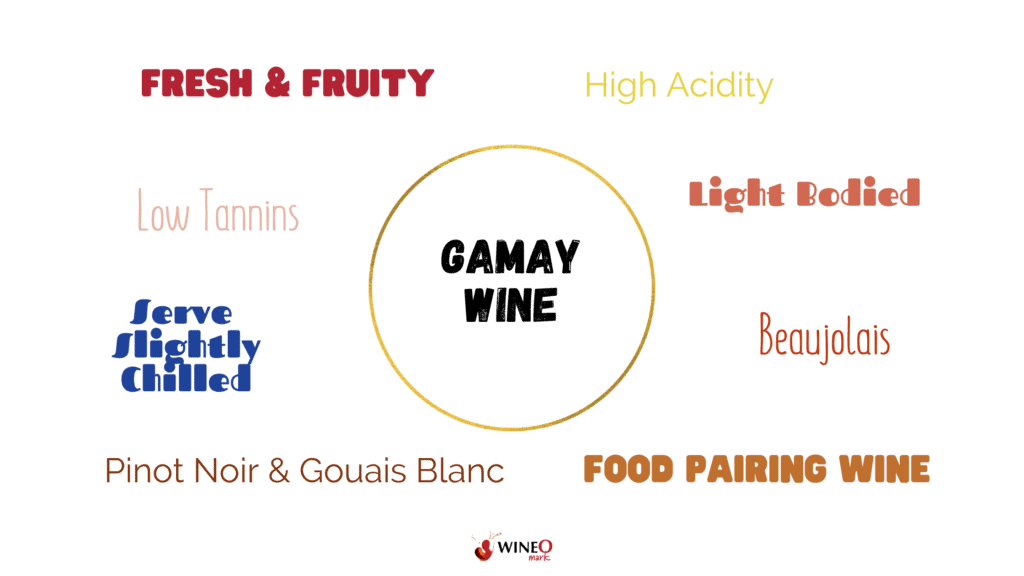
Made from the Gamay grape, this light-bodied red wine features fruity flavors like raspberry, cherry, and red currant. Additionally, it has low tannin levels and high acidity, which give Beaujolais wines their fruity and easy-drinking profile.
Zinfandel is a red wine with bold, jammy fruit flavors, such as blackberry, raspberry, and cherry. Also it has a high sugar content and relatively low acidity, which contributes to the wine’s fruity and sometimes sweet profile.
These wines are made from fruits other than grapes and can include flavors such as blackberry, blueberry, raspberry, and even tropical fruits like mango or pineapple. Plus, these wines can range from sweet wine to tart fruit wine and are a fun and unique way to enjoy the flavors of fruit in a wine.
Fruity does not necessarily mean sweet when it comes to wine. While many fruity wines can be sweet due to the high sugar content in the fruit. Others can be made in a dry style by fermenting the sugars completely.
The term “fruity” refers to the presence of fruit flavors, such as berries, citrus, stone fruits, or tropical fruits, in the wine. Also, the sweetness of a wine is determined by the residual sugar content remaining after fermentation. Therefore, it’s possible to have a fruity wine that is dry, off-dry, or sweet. In fact, even a Cabernet Sauvignon can be categorized as a fruity wine sometimes. As they say, it’s all relative.
Here are a few examples of fruity dessert wines:
Port Wines: A fortified wine from Portugal that is typically rich, sweet, and often shows flavors of red and dark fruits like blackberries, cherries, and plums.
Sauternes: This is a French wine from the Sauternais region of Bordeaux, made from Sémillon, Sauvignon blanc, and Muscadelle grapes that have been affected by Botrytis cinerea, also known as “noble rot”. This gives the wine a unique, concentrated sweet taste, and fruity notes.
Late Harvest Wines: These wines are made from grapes that have been left on the vine longer than usual, allowing them to develop higher sugar content. The resulting wine is sweeter and more fruit-forward. Late Harvest Riesling, for example, can have flavors of apricots, peaches, and pears.
Ice Wine (Eiswein): This is a type of dessert wine produced from grapes that have been frozen while still on the vine. The sugars do not freeze, but the water does, resulting in a smaller amount of more concentrated, very sweet wine. Ice wines often have vibrant fruit flavors.
Moscato d’Asti: From the Piedmont region of Italy, this lightly sparkling, sweet white wine is made from the Moscato grape and often showcases flavors of peaches, nectarines, and oranges.
Ruby or Tawny Port: These are sweet fortified wines from Portugal, with Ruby Port showcasing more bright, fresh fruit flavors while Tawny Port, aged in wood, has a more complex fruit and nut character.
Although they are called fruity wines, not all of them are sweet wines. Here are some examples of fruity wines for you to consider:

Best Lunch In Napa – Our 12 Favorite Spots! Lunch is a must when you’re out wine tasting! Whether you’re in the mood for a

North Coast Wine Co. Outerbound Pinot Noir – WineO Mark Review Wine Stats Grape Variety: 100% Pinot Noir Vintage: 2019 ABV: 14% Wine Region: North Coast,

Böen Pinot Noir – WineO Mark Review Wine Stats Grape Variety: 100% Pinot Noir Vintage: 2021 ABV: 14.6% Wine Region: California Flavor Profile: Cherry, raspberry, blackberry,

Merry Edwards Sauvignon Blanc – WineO Mark Review Wine Stats Grape Variety: 100% Sauvignon Blanc Vintage: 2022 ABV: 14% Wine Region: Russian River Valley, California

The Hess Collection Allomi Chardonnay – WineO Mark Review Wine Stats Grape Variety: 100% Chardonnay Vintage: 2019 ABV: 14.3% Wine Region: Napa Valley, California Flavor Profile:

Stags’ Leap Chardonnay – WineO Mark Review Wine Stats Grape Variety: 100% Chardonnay Vintage: 2022 ABV: 14.1% Wine Region: Napa Valley, California Flavor Profile: Oak, vanilla,

Godeval Cepas Vellas Godello – WineO Mark Review Wine Stats Grape Variety: 100% Godello Vintage: 2021 ABV: 13% Wine Region: Valdeorras, Spain Flavor Profile: Peach,

Félix Solís Mucho Más Tinto N.V. – WineO Mark Review Wine Stats Grape Variety: Tempranillo, Syrah Vintage: Non-Vintage ABV: 14% Wine Region: Spain Flavor Profile: Vanilla,
